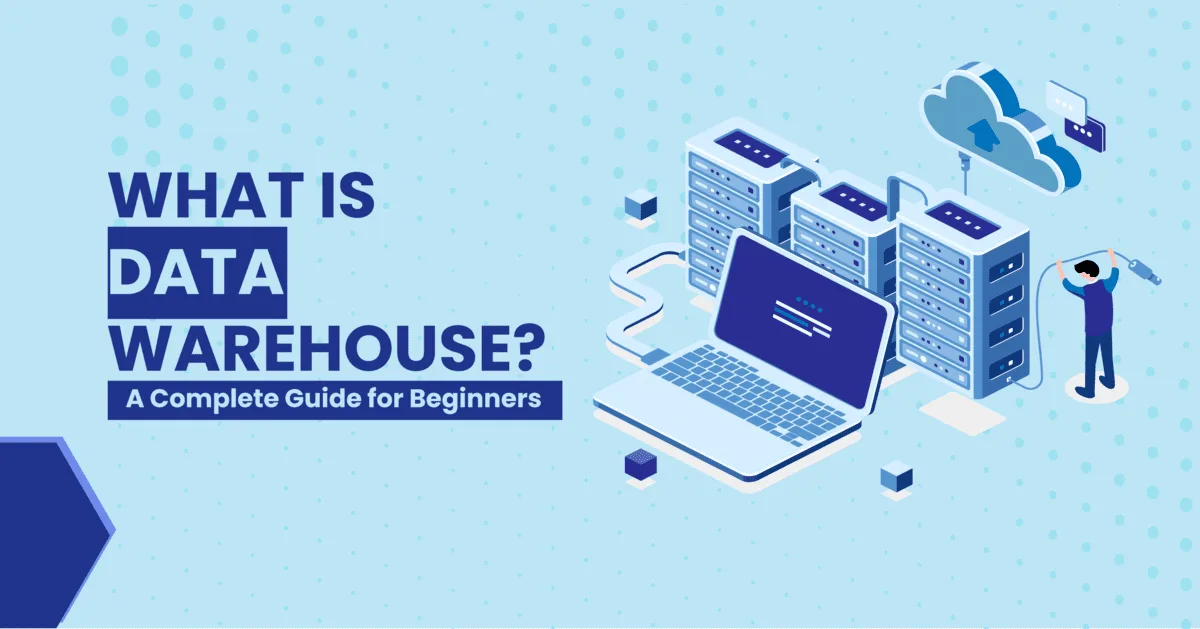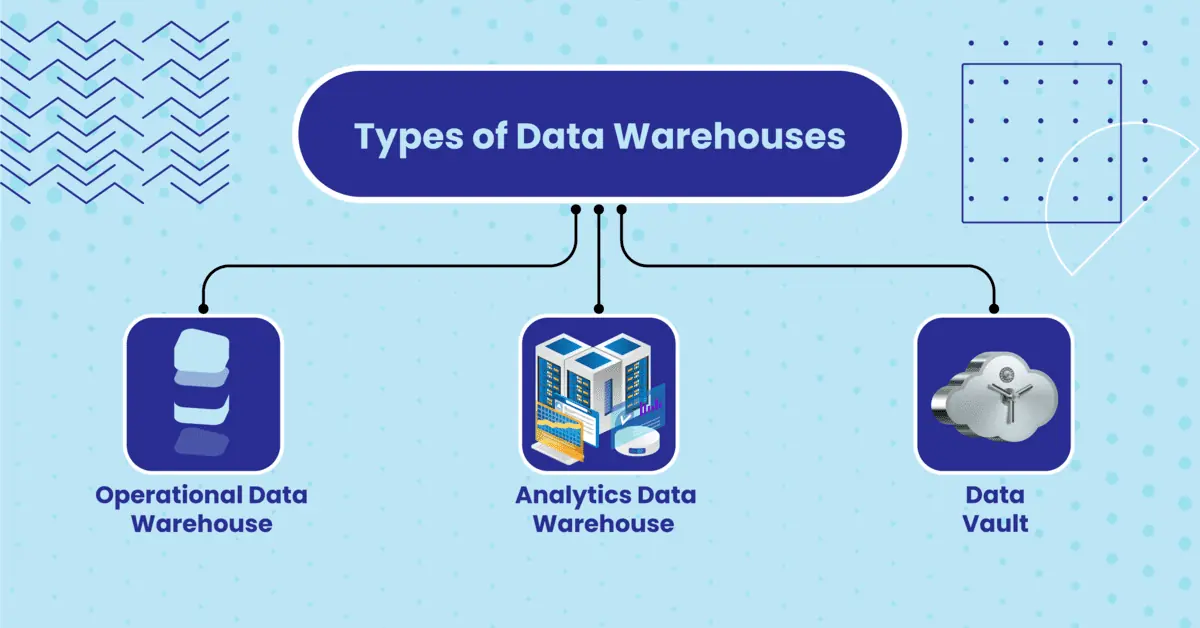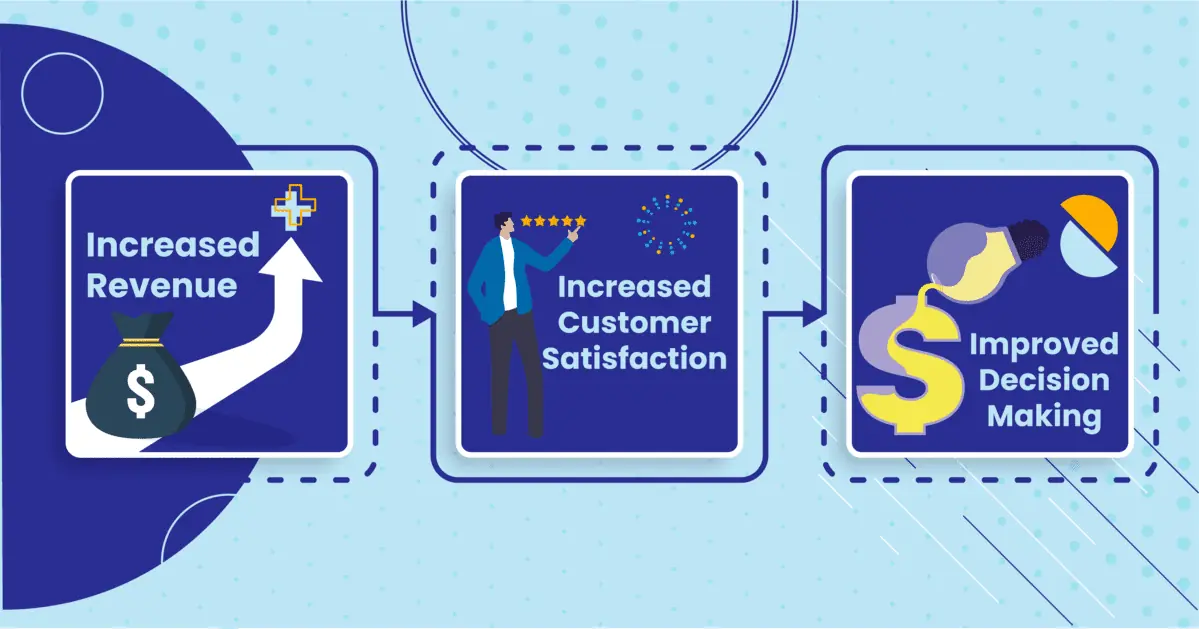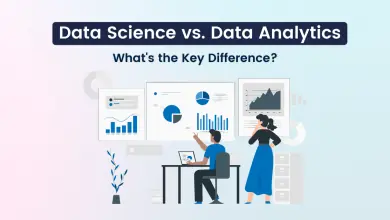What is a Data Warehouse? A Complete Guide in 2025

A data warehouse is a system for storing and analyzing data. It can contain information from many different sources, such as transactional systems, business intelligence (BI) applications, and enterprise resource planning (ERP) systems.
The goal of a data warehouse is to provide users with an integrated view of their organization’s activities in an easy-to-access format that allows them to share and analyze this information across departments or divisions.
This blog explains what a data warehouse is, how it works, tools, use cases, and many more.
What is a Data Warehouse?
Data warehousing is a technique used by companies to store and analyze large amounts of data. In short, it is the process of storing data in a repository or warehouse and making it accessible for analysis.
Data Warehouse is primarily used for business intelligence (BI). They are also called information warehouses, enterprise data warehouses (EDW), corporate databases, or knowledge bases.
The primary goal of a data warehouse is to give users access to historical as well as current information from various sources that can be used for analysis and reporting purposes. The main benefit of using a DW without any other BI implementation option includes.
- Reduces costs associated with extracting, cleaning up, integrating, and maintaining source systems’ meta-data;
- Enhance Query performance by enforcing referential integrity;
- Facilitates faster turnaround times for ad hoc queries;
- Provides cross-functional visibility into enterprise operations that may not be visible within individual operational systems.

How Does a Data Warehouse Work?
A data warehouse is a centralised repository of structured data that can be used to support decision-making in an organization. Data warehouses are used by business analysts and other non-technical users to perform analysis and reporting tasks, such as,
- Data Analysis: To understand the past, present, and future of their businesses.
- Data Reporting: To generate outputs that provide information about their organizations, performance, operations, and financial status.
A key feature of a data warehouse: It stores historical information along with current transactional data from operational systems (such as point-of-sale terminals) during peak usage periods so it can be analyzed later.
Data Warehouse Architecture
- It could be a crucial part of any business. The architecture of a data warehouse is all about managing and making sense of the huge amount of data that companies gather daily.
- It’s important to have a solid data warehouse architecture because your organization will need to be able to answer questions about its business in a fast and reliable way.
- The more time it takes for you to get accurate answers, the less likely you are going to be able to make the right decisions when it comes time for them.
What is a Cloud Data Warehouse?
It is an online storage facility allowing users to store large amounts of information in one place. The process is done by storing data in multiple geographic locations to ensure redundancy and provide quick access for users around the world. The system also allows users to access their data from any device with internet access—from smartphones, tablets, laptops, desktops, or even smart TVs!
Different Types of Data Warehouses
A Data warehouse is logical storage for data. It can be a single system or multiple systems. In this article, we will discuss the types of data warehouses and their features.

1. Operational Data Warehouse (ODW)
This type of data warehouse provides information to support operational decisions by providing a single source of truth for an organization’s data across all departments and functions.
2. Analytics Data Warehouse (ADW)
This type of data warehouse stores historical and current data that is used to extract insights, patterns, trends, and other useful information from large volumes of data that would be otherwise impossible to process on a single computer system.
3. Data Vault
A vault-like structure that stores sensitive information in highly encrypted form, accessible only to authorized personnel with clearances specific to their roles within an organization’s hierarchy.
Top 3 Key Benefits of Data Warehouse
The benefits of using a data warehouse are numerous. As a business owner, it’s important to understand what these benefits are and how they can help you grow your business.

1. Increased Revenue
Using a data-driven approach will help you increase your revenue by allowing you to make more informed decisions about your business.
You’ll be able to better predict how consumers will react to certain products or services, which will allow you to make changes in real-time before they negatively impact your bottom line.
2. Increased Customer Satisfaction
By using data from multiple sources such as social media and surveys, you’ll be able to learn more about what your customers want and need.
This will allow you to provide them with products or services that meet those needs to increase customer satisfaction with your brand overall.
3. Improved Decision Making
Having access to all of this information at once makes it much easier for managers within an organization to make decisions based on facts rather than guesswork or intuition alone (which can lead to bad decision-making).
This allows business owners and other decision-makers within an organization who may not have any experience in analytics or statistics themselves still take advantage of all this valuable information without having to rely solely on one.
Most Used Cases for Data Warehouse
Data warehouses are an essential tool for data analysis, but they’re not always the right solution. Here are some of the most common use cases for data warehouses.
1. Customer Retention
One of the ideal ways to keep customers happy is to keep them satisfied, rewarded, informed, and engaged. A data warehouse allows you to do this by providing them with the information they need to make informed decisions about their products or services. This leads them to be satisfied with their purchase, which in turn leads them back again–and again!
2. Competitor Analysis
You’ve heard the saying “knowledge is power,” right? Well, when it comes to competition in your industry, knowledge is everything! With a data warehouse at your disposal, you can analyze your competitors’ strengths and weaknesses and use that information to improve your own company’s offerings–all while staying ahead of the curve!
Top Data Warehouse Tools & Software
Data warehouses are a great way to store company data and make it easily accessible. They are especially effective at storing and managing large amounts of data, and they can be used to manage a variety of things.

However, they do require maintenance, which can be time-consuming. The following are some of the best data warehouse tools and software.
1. Snowflake
Snowflake offers superior performance and reliability, integrated security, and enterprise-grade governance. You can run on-premises or in the cloud—your choice.
A snowflake is a great option for companies who want to move their data into the cloud while maintaining control over their data architecture, security, reliability, and performance requirements.
It provides you with an intuitive and flexible way to store, process, and analyze large amounts of data in a single place.
2. Microsoft Azure
By using Microsoft Azure as a Data Warehouse tool, businesses can reduce costs associated with maintaining their servers while still benefiting from all the benefits associated with owning their infrastructure (such as quicker access speeds).
This tool allows them to focus more on growing their business rather than worrying about maintaining systems that could potentially fail at any moment due to a lack of maintenance or updates being applied regularly enough (if at all).
3. SQL Server
SQL Server is one of the most popular choices for data warehouses because it’s easy to use and very reliable. It also comes with a wide range of features, including built-in backup tools and reporting capabilities.
SQL Server is also cloud-based so you don’t need to worry about installing updates or keeping up with new versions as they become available because everything is done automatically for you!
4. Google BigQuery
Google BigQuery is a fully managed, enterprise data warehouse for analytics. It’s used by companies like eBay, Paypal, and Netflix to gain insights into their business.
BigQuery is designed to handle very large datasets (billions of rows) with 100s of gigabytes each and it can scan billions of rows per second. You can use SQL queries to explore your data using all the benefits that come with it: JOINs, aggregate functions etc. There are no restrictions on the amount of data you can store in BigQuery and there are no setup costs or software installation required – simply point your browser at bigquery.google.com and start working!
5. Amazon Redshift
Amazon Redshift is a fully managed, cloud-based service. It’s designed for enterprises that need to analyze all their data: operational data, application logs and clickstreams, marketing and sales data, financial information (OLAP), and more.
Amazon Redshift is a fast, fully managed, petabyte-scale service. You can use it to analyze terabytes or even petabytes of structured data quickly using SQL queries over append-only tables. The service operates at sub-second response times for OLTP workloads and query latency as low as milliseconds for analytic
What is the Future of Data Warehouse?
Shortly, the data warehouse will be used less and less as a single, centralized system. Instead, it will be used to enhance business intelligence by providing access to a variety of different technologies and data sources.
It’s also likely that the data warehouse will be used as a tool for collaboration between different departments within an organization, rather than as a means for sharing information between different companies.
The future of data warehouses is that it won’t just be about storing and analyzing data; it will also involve using that data to gain insight into how organizations can better operate their systems or improve their services.

Conclusion
The main goal of data warehousing is to help business users gain insights into their organization’s past, present, and future. It provides them with the information they need to make better decisions to improve the company’s performance.
FAQs on Data Warehouse
A data warehouse is a database that stores and organizes all of your company’s information in one place. It allows you to analyze and create reports based on your business’s data. This will help you augment important decisions and to grow your business faster than before.
A data warehouse stores information about your company’s customers, products, services, financial transactions, and more. It allows you to track trends over time, identify patterns in your sales data, and perform other kinds of analysis that help you understand how your business is performing overall.
A database is used to store and manage data from one or several sources; a data warehouse is a system that combines data from multiple sources into one place so you can analyze and report on the data.
Data warehouses are critical for businesses looking to improve their performance by making smarter decisions about how they grow their business. They help companies make better decisions about what products to offer or how much inventory to buy based on past performance and customer preferences.
Several different factors will impact the cost of running your data warehouse. The size and complexity of your data, the number of users who will be accessing it regularly, and whether you’re using an in-house team or outsourcing all or part of the process can all affect your costs.
You can use a data warehouse to gain access to information that’s not readily available in other ways, like sales and customer information, or inventory and supply chain information. You can also use it to track changes over time and identify trends.
The security measures we take vary according to the needs of our clients, but we always make sure that their data is completely safe from tampering or theft. Our clients’ trust is paramount to us, so we take every step possible to preserve their privacy and protect their information.
The first step to using our data warehouse is setting up a free account. You’ll need to provide us with some basic information about your business and your goals, and then we’ll take care of everything else!
Absolutely!
Our team at OneClick has been working hard on building out our data warehouse for a period, and we’ve learned so much along the way.
In addition to being able to answer questions more quickly than ever before our expert resources are available at their fingertips whenever you need them most.
There are key benefits to using a data warehouse, including:
– Ability to perform complex analyses on large amounts of data.
– Improved decision-making through better insights into customers and markets.
-Reduced costs associated with collecting additional information.





